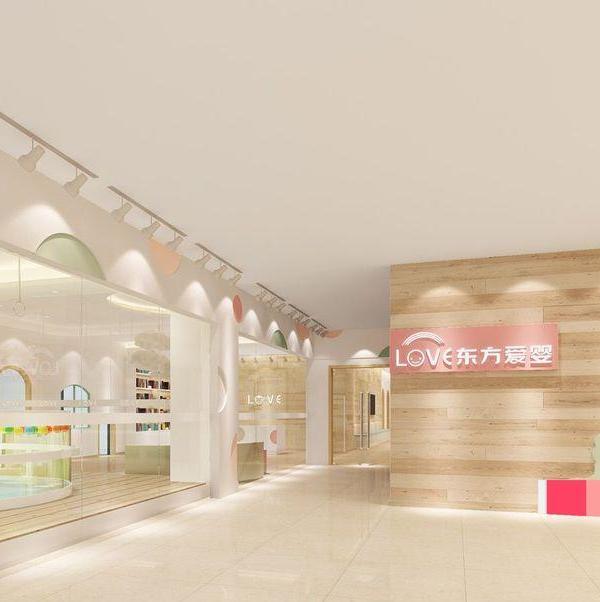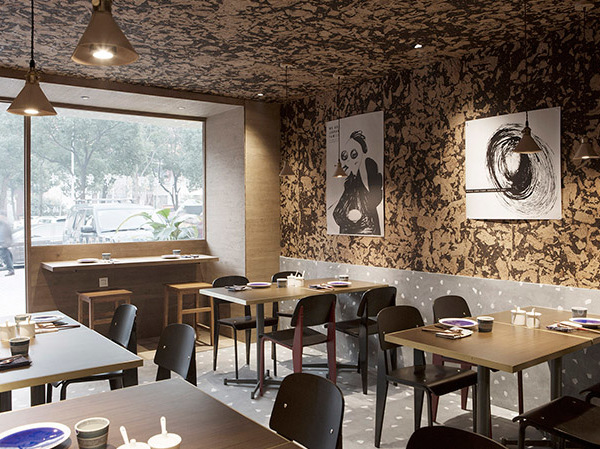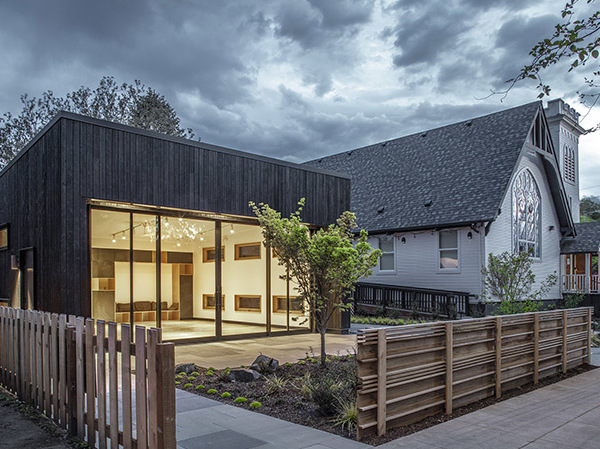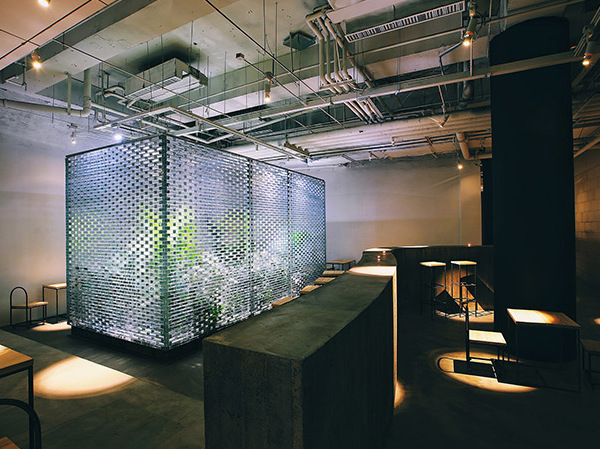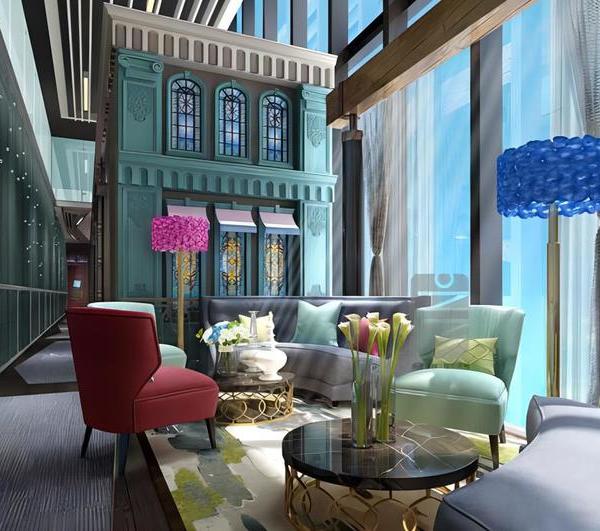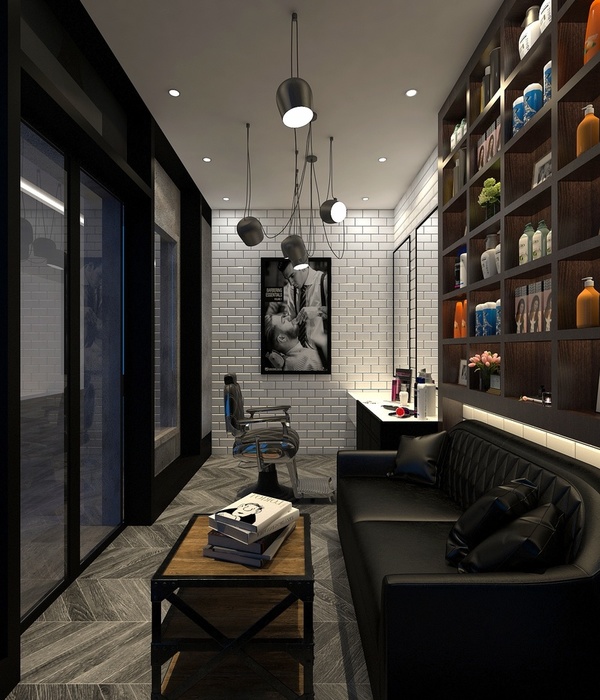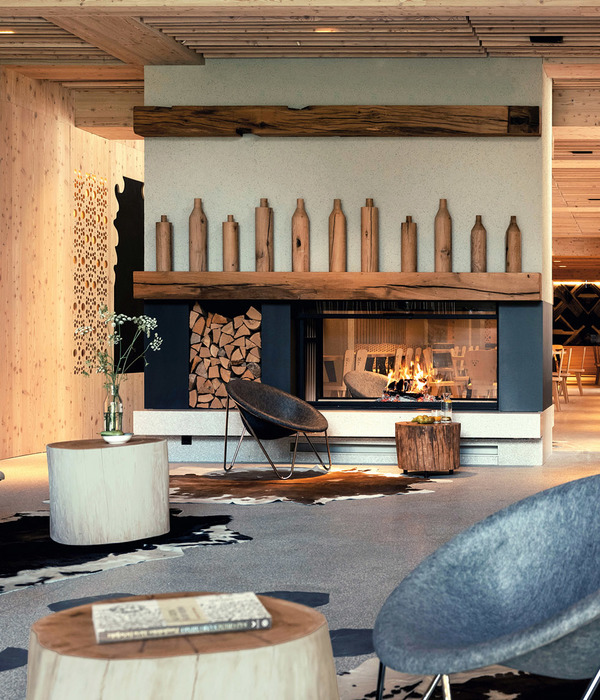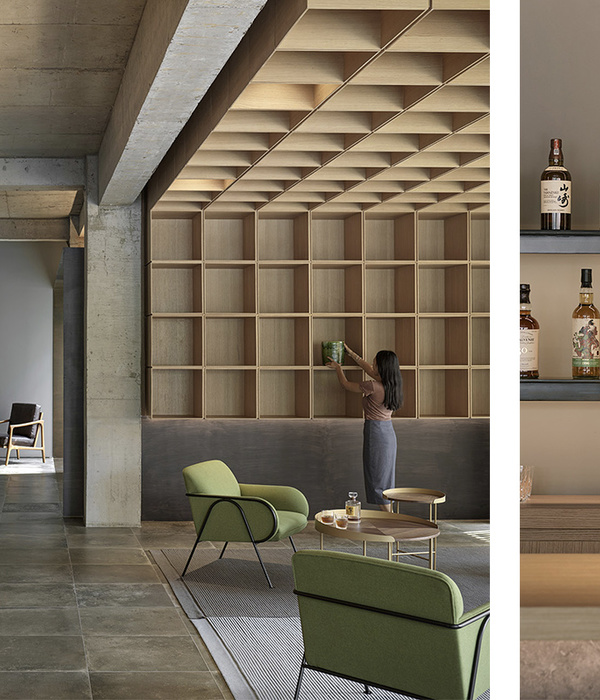Aš镇纪念公园的设计利用了该地区地理位置的优势,具有一定的象征意义,同时也代表了这座城市复兴和发展过程中的理念。本项目旨在唤起人们对过去被遗忘价值观的记忆,引导游客了解这座城市动荡的历史。
The Park of Memories in Aš represents an interesting concept of revitalisation and urban development of the city, using the geographical and symbolic potential of the area. The project aims to recall the forgotten values of the past and guide visitors through the city’s turbulent history.
▼公园鸟瞰,Bird’s eye view of the park © Alex Timpau
▼林中步道鸟瞰,Overlooking the path © Alex Timpau
这座公园的设计概念包括Time Trip应用程序,这是一种现代化的信息系统,能够帮助游客了解该城市的历史,同时以互动点的形式在公园内提供有趣的信息。这种附加的创新形式不仅能够让游客收获一些信息,还能提供娱乐价值。公园的基本构成遵循时空平行的原则,创造了从哥德广场周围的城市公园空间到Okružní街道之间的平缓过渡。这种构图方法将公园中的植物和建造概念相结合,反应了城市不同历史时期的多种形态。
The park concept includes the Time Trip mobile application, a modern information system that offers visitors a glimpse into the city’s past while providing interesting information in the form of interactive points in the park. This innovative added value not only educates but also entertains visitors. The basic compositional principle of the park follows a spatio-temporal parallel, creating a gradual transition from the urbanised park space around Goethe’s Square to the forest park on Okružní Street. This compositional idea links the botanical and architectural concept of the park, which reflects the diversity of the city’s historical periods.
▼公园与周边建筑之间的联系,Surrounding context © Alex Timpau
本项目还基于Aš镇历史上的一个悲伤的时期——20世纪70年代Aš镇最大的墓地遭到了毁坏。为了反映该时期文化和历史的遗失,公园内打造了花岗岩材质的纪念碑。平缓的纪念馆由一系列大小不同的石块堆砌而成,石块上还有为放置蜡烛而设计的凹槽。这里为本地区和邻国德国的人们提供了聚集的空间,和一个纪念先祖的场所。
▼纪念碑空间效果图,rendering of the memorial © SOA architekti
The project is also based on a sad chapter in the history of Aš connected with the destruction of the largest cemetery in Aš in the 1970s. The loss of cultural and historical values during this event is reflected in the Historical Park, where a memorial in the form of a granite block has been created. The flat memorial consists of a collection of stone blocks of different sizes with recesses for candles. It is a meeting place for people from the area and neighbouring Germany, creating a space where they can remember their ancestors.
▼鸟瞰纪念碑,Bird’s eye view of the memorial © Alex Timpau
▼纪念碑空间,Memorial space © Alex Timpau
设计者将连接Lutheran公墓与城市的古老石桥进行了修复,是恢复历史遗产的另一步。在开展石桥的修复前,他们还进行了考古调查,发现了一些古老的坟墓、人类遗骸和建筑物的遗迹。这种对历史文物关怀的态度体现了设计者对历史成果的尊重。因考古调查而发现的一条数十米长的历史地窖被用于举办文化活动,着有助于将城市的过去与当下生活联系起来。
▼人行天桥效果图,rendering of the footbridge © SOA architekti
The repair of the oldest stone bridge in the city, which connects the old and new parts of the Lutheran cemetery, is another step towards restoring the historical heritage. Work on the project was accompanied by an archaeological survey, which revealed old graves, human remains and the remains of buildings. This care for historical artefacts underlines the effort to respect the past. The newly discovered historic cellars, several dozen metres long, will be used for cultural events, helping to link the past with the present life of the city.
▼蜿蜒的人行天桥,Winds through the park © Alex Timpau
▼俯瞰人行天桥,Overlooking the footbridge © Alex Timpau
▼仰视人行天桥,Looking up the footbridge © Alex Timpau
设计者在此打造了一条贯穿公园的人行天桥,这是一条由钢结构和木材打造的微妙结构,该非典型的组合蜿蜒曲折地穿过公园,与木质平台和走道相连接。新增的通道并不与墓地的表面相接触。
A new element that creates a parallel path through the park is a footbridge. The atypical combination of a central steel structure and wood creates a subtle structure that winds through the park. The footbridge is connected to wooden platforms and walkways. The new surface of the path symbolically does not touch the surface of the original cemetery.
▼人行天桥结构细部,Details of the footbridge © Alex Timpau
▼林间步道,Forest walk © Alex Timpau
作为整体项目的一部分,公园所有部分的表面都经过了仔细的设计,以便能够更有效地吸收水分。这是生态设计关键的部分,有助于降低该地区洪水灾害的风险并改善水循环。
As part of the entire project, all surfaces were carefully modified so that they could effectively absorb water. This is a key element of the ecological design, which helps to reduce flood risk and improve the local water cycle.
▼其它材质细部,Material details © Alex Timpau
▼平面图,plan © SOA architekti
{{item.text_origin}}



